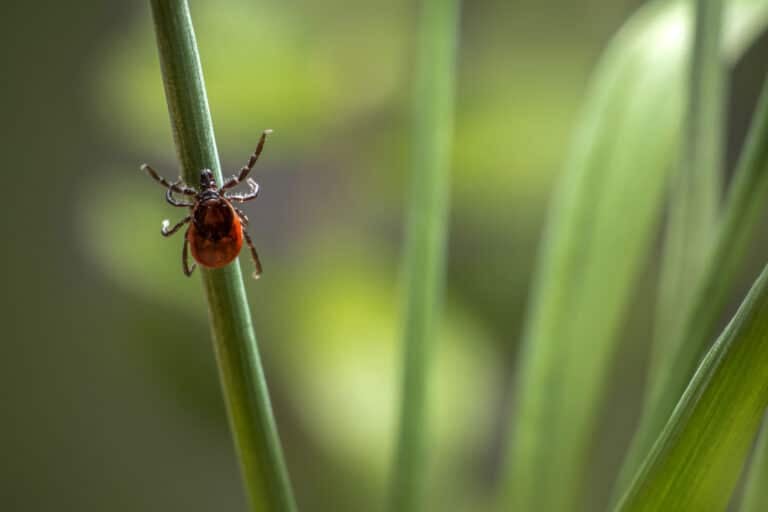In a recent report released by the Centers for Disease Control and Prevention, the difficulty to control the diseases caused by ticks, mosquitos, and fleas poses a consistently increasing health risk here in the U.S.
From 2004 to 2016, there have been more than 640,000 reported cases of vector-borne illness due to bites from the pests. The number of cases has more than tripled in 2016 compared to 2004. Since then, nine new germs have been introduced to the U.S. Mosquitos were responsible for the introduction of the Zika virus and Chikungunya, while ticks have introduced an additional seven.

Causes Of The Spike
Put simply, there are more people traveling more places around the world than ever before. Pair that with an increase in insects and diseases and you have a recipe for disaster. Mosquitos, ticks, and fleas are bringing new diseases to new places, and we’re helping them.
The most popular tickborne disease is Lyme Disease, which accounts for over 82% of reported cases (approximately 300,000 Americans annually). The most common mosquito-borne viruses were West Nile, dengue, and Zika. Fleas are responsible for a few annual cases of the plague, with fewer than 20 occurring each year.
“Zika, West Nile, Lyme, and chikungunya—a growing list of diseases caused by the bite of an infected mosquito, tick, or flea—have confronted the U.S. in recent years, making a lot of people sick. And we don’t know what will threaten Americans next,”
– CDC Director Robert R. Redfield
Tickborne Diseases
Ticks are especially common in the Eastern United States, with Lyme Disease being a major threat to the region. From 2004 to 2016, the CDC has a detailed breakdown on individual tickborne disease cases reported from the region:
- Pennsylvania: 73,610
- Maryland: 22,166
- Virginia: 16,454
- North Carolina: 9,075
- Tennessee: 5,950
- Alabama: 2,451
- West Virginia: 1,964
- Georgia: 1,427
- South Carolina: 1,143
- Kentucky: 1,098
- District of Columbia: 720
When a tick bites, it only takes 24-48 hours for the insect to transmit a disease to its host. Lyme Disease can be transmitted in as little as a day and deadly viruses like the Powassan virus can be passed after only 15 minutes. This is why tick awareness and prevention are so important. Adding to the problem, it’s difficult to even tell when you’ve been bitten. Usually found in hard-to-reach places like armpits, groins, or buried in your hair, they are relatively hard to detect.
Blacklegged Ticks, also known as Deer Tick, are responsible for spreading the disease.

What Can You Do?
The best and most common solution? Use an EPA-registered insect repellant when you’re out in the woods. Using a coating like permethrin or using permethrin-treated gear is recommended as well.
When you get home, be sure to check yourself and your clothing to ensure no unwanted guests made it inside. Additionally, be sure to inspect your pets regularly. The CDC has a vast list of resources on how to prevent tick and other insect bites.
How The CDC Is Fighting Back
Efforts from the CDC include funding for state and local health departments and vector control organizations, which are our first line of defense. There are concerns however that over 80% of vector control organizations lack critical prevention and control capacities. The increase in pests has increasingly encumbered vector control agencies. The CDC is working to change that.
Find A Bite?
If you’re ever bitten, there is no need to rush to the hospital. “It’s perfectly reasonable to wait and see if you develop symptoms,” according to Nicholas Bennett, medical director of infectious diseases & immunology at Connecticut Children’s Medical Center.
This original article by Blue Ridge Outdoors and has been sponsored by MyMed.com. Our advertising partners have no editorial control over the content of this piece.









